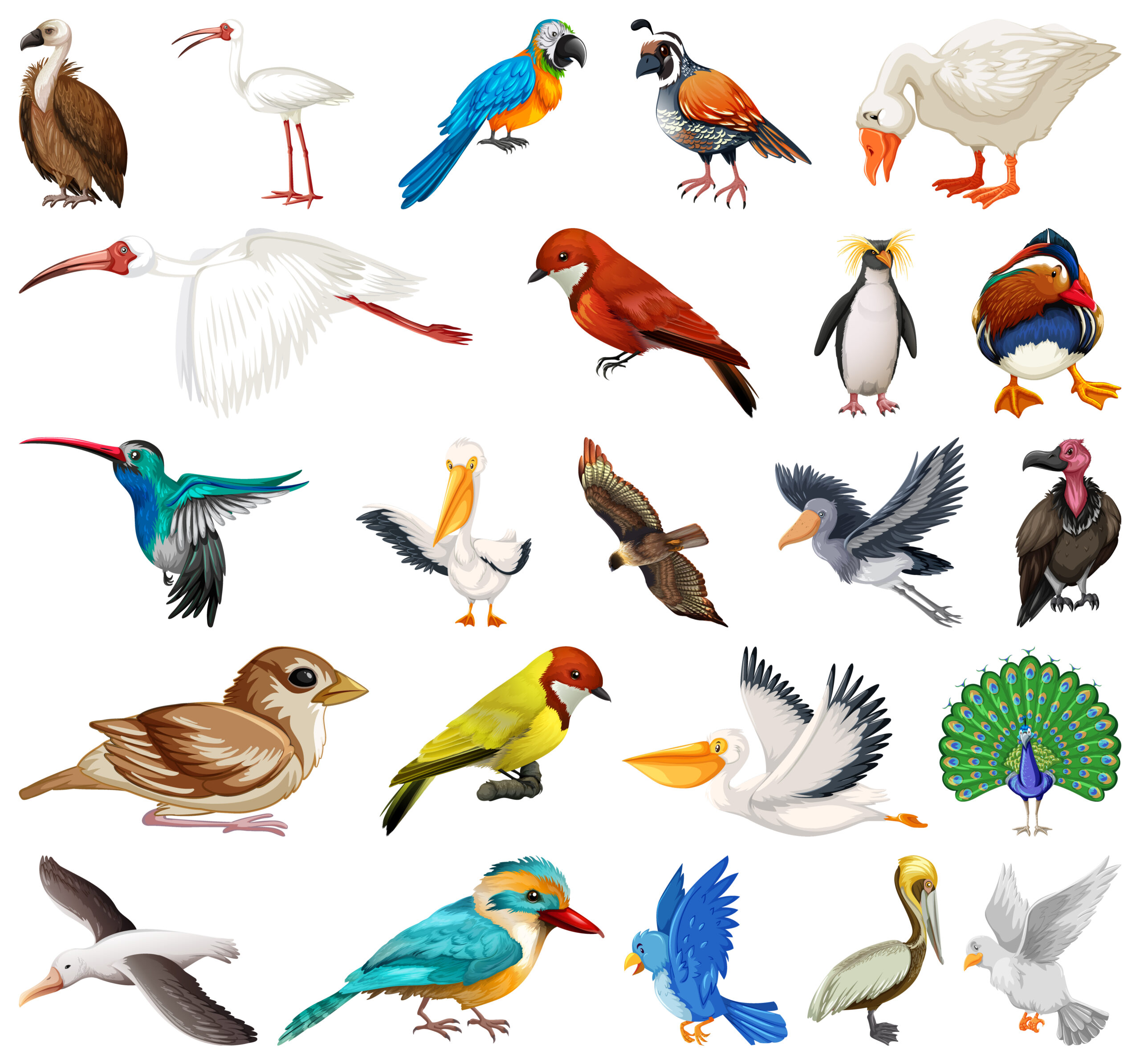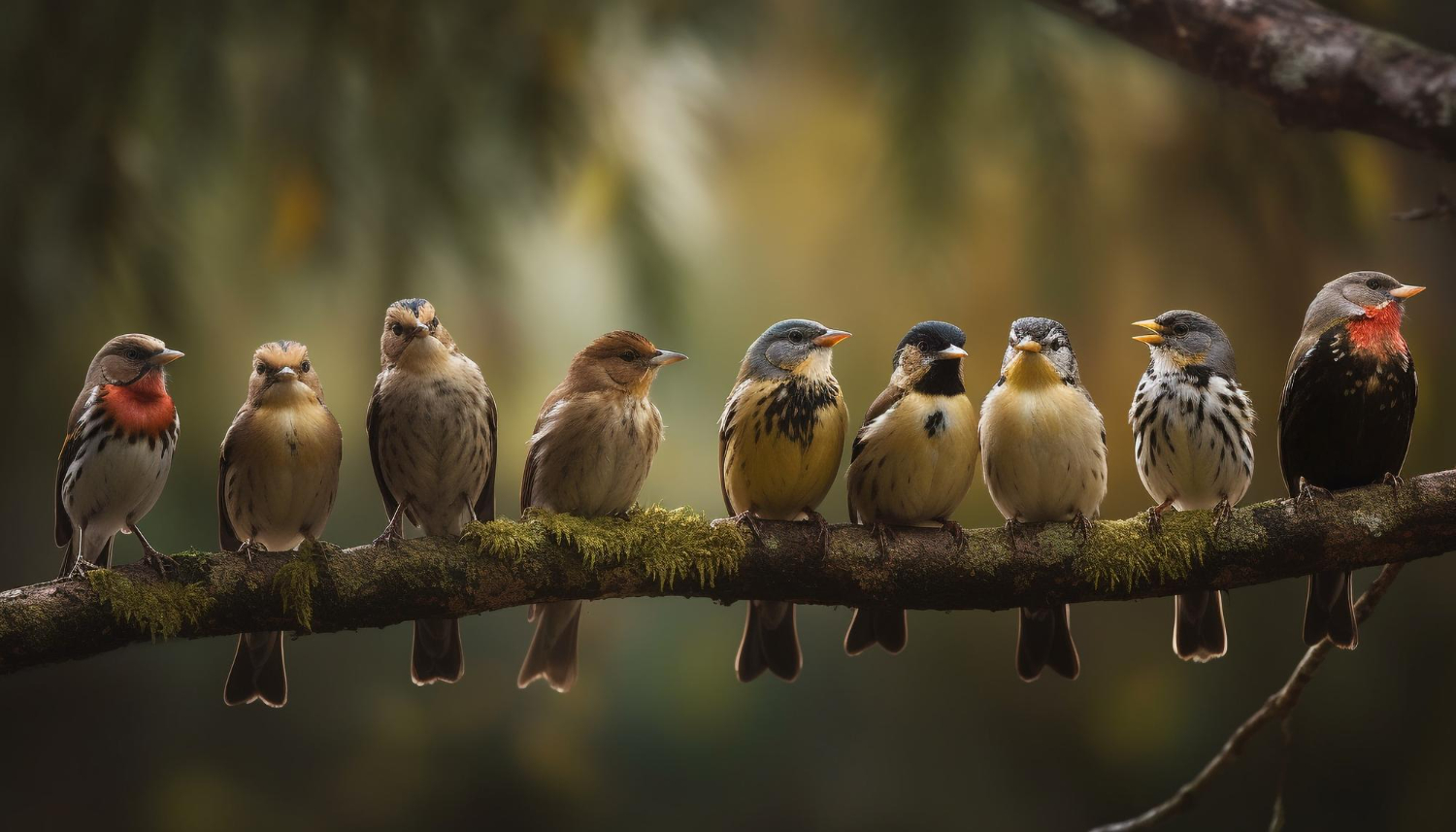The world of birds is full of fascinating species, each with its own charm and unique traits. Among them, the goldfinch stands out as a bird of vibrant colors, cheerful songs, and remarkable adaptability. This small yet striking bird has captured the hearts of birdwatchers and nature lovers alike. Whether you’ve seen one fluttering around your garden or are curious about its habits, this blog will cover everything you need to know about the goldfinch.
What is the Goldfinch?
The goldfinch is a small songbird known for its colorful plumage and melodic chirps. It belongs to the finch family and is commonly found in parts of Europe, North America, and Asia. The European goldfinch (Carduelis carduelis) and the American goldfinch (Spinus tristis) are the most well-known species.
With its bright yellow and black feathers, the goldfinch is easy to recognize. It is often associated with happiness and vitality, thanks to its lively behavior and eye-catching appearance. Many people enjoy watching the goldfinch as it flits about, spreading a little joy wherever it goes.
What Makes the Goldfinch So Special?
The goldfnch is more than just a pretty bird—it has many unique qualities that make it stand out. One of its most noticeable features is its bright yellow feathers, which are especially vivid in the male during the breeding season. This vibrant plumage is a key part of how the goldfnch attracts mates and communicates with others.
Another remarkable feature of the goldfnch is its song. This bird is a skilled singer, producing a series of sweet, rhythmic chirps. Its cheerful tune is a delight to hear, especially in the early mornings when the world is waking up.
Where Does the Goldfinch Live?
The goldfnch can be found in a variety of habitats, from open fields to suburban gardens. It thrives in places where there are plenty of trees, shrubs, and flowering plants. You’re likely to spot the goldfnch in areas with thistles, dandelions, and sunflowers, as these plants provide its favorite seeds.
In Europe, the goldfnch prefers open woodlands and farmland, while in North America, it often visits gardens and parks. Thanks to its adaptability, the goldfnch is a common sight in many regions, bringing a splash of color to both rural and urban landscapes.
What Does the Goldfinch Eat?
Seeds are the main diet of the goldfnch, making it a true seed-eater. It has a particular fondness for small seeds from plants like thistles, dandelions, and sunflowers. This diet not only keeps the goldfinch healthy but also helps spread the seeds of the plants it feeds on, contributing to the ecosystem.
During the breeding season, the goldfnch may also eat insects to provide extra protein for its chicks. If you want to attract the goldfnch to your garden, you can fill a feeder with nyjer seeds or sunflower hearts. This is a surefire way to encourage visits from this delightful bird.
How Does the Goldfinch Behave?
The goldfnch is a highly social bird, often seen in small flocks. Its friendly nature makes it a joy to watch as it interacts with other birds. During the breeding season, however, males can become territorial, defending their chosen areas with enthusiasm.
When flying, the goldfnch moves in a distinct, undulating pattern, making it easy to recognize. Its cheerful chirping often accompanies this flight, creating a charming display of sound and motion.
One of the most interesting behaviors of the goldfnch is its ability to hang upside down while feeding. This acrobatic skill helps it reach seeds on plants that other birds might find difficult to access.
The Goldfinch and Its Nesting Habits
The nesting habits of the goldfnch are as fascinating as the bird itself. During the breeding season, which typically occurs in late spring and early summer, male goldfinches court females by singing and performing aerial displays.
Once paired, the female goldfnch builds a small, cup-shaped nest in the branches of a tree or shrub. The nest is often made of soft materials like moss, grass, and feathers, providing a cozy spot for the eggs. The female lays 4–6 pale blue eggs, which she incubates for about two weeks.
After the eggs hatch, both parents take turns feeding the chicks. The young goldfinches grow quickly and are ready to leave the nest within 2–3 weeks. Watching the life cycle of the goldfnch is a rewarding experience for bird enthusiasts.
Why is the Goldfinch Important?
The goldfinch plays a vital role in maintaining healthy ecosystems. By feeding on seeds, it helps control the growth of certain plants and aids in seed dispersal. This ensures that a variety of plants can thrive, supporting other wildlife in the area.
Beyond its ecological role, the goldfinch brings joy to people who encounter it. Its bright colors and cheerful song make it a favorite among birdwatchers and gardeners. Many people consider the goldfinch a symbol of happiness and good fortune.
Threats Facing the Goldfinch
While the goldfnch is not currently endangered, it faces several challenges that threaten its population. Habitat loss due to urbanization and agricultural expansion is a significant issue. As natural spaces disappear, the goldfinch has fewer places to nest and find food.
Climate change is another concern, as it affects the availability of seeds and the timing of the breeding season. Additionally, the use of pesticides can harm the goldfnch by reducing the number of insects and seeds it relies on for survival.
How Can You Help Protect the Goldfinch?
There are many ways you can support the goldfinch and help ensure its future:
- Plant Native Flowers: Grow plants like thistles, sunflowers, and dandelions to provide natural food sources for the goldfnch.
- Use Bird Feeders: Fill feeders with nyjer seeds or sunflower hearts to attract the goldfnch to your garden.
- Avoid Pesticides: Reducing or eliminating pesticide use can protect the insects and plants that the goldfnch depends on.
- Create Safe Spaces: Leave areas of your garden wild to provide nesting and foraging opportunities for the goldfnch.
By taking these simple steps, you can make a big difference for the goldfinch and other wildlife.
Fun Facts About the Goldfinch
- The American goldfnch molts its feathers twice a year, changing to a duller color in winter.
- European goldfinches have been kept as pets for centuries due to their beautiful song.
- The goldfnch is known for its long-distance migration, with some traveling hundreds of miles between seasons.
- In many cultures, the goldfnch is seen as a symbol of hope and renewal.
The Goldfinch in Art and Culture
The goldfnch has inspired countless works of art, literature, and music. Its beauty and symbolism have made it a favorite subject for artists throughout history. For example, the famous painting “The Goldfinch” by Carel Fabritius captures the bird’s elegance and charm.
In literature, the goldfnch often represents freedom, resilience, and joy. Its cheerful nature and striking appearance continue to captivate people of all ages.
Conclusion
The goldfinch is a remarkable bird that brings beauty and happiness wherever it goes. With its vibrant colors, cheerful songs, and important role in ecosystems, it’s no wonder that the goldfnch is beloved by so many.
As we learn more about the goldfnch, it’s clear that protecting this bird and its habitat is essential. By taking small steps in our own backyards, we can ensure that future generations will also be able to enjoy the wonders of the goldfinch. Let’s celebrate this incredible bird and work together to preserve its place in nature.



